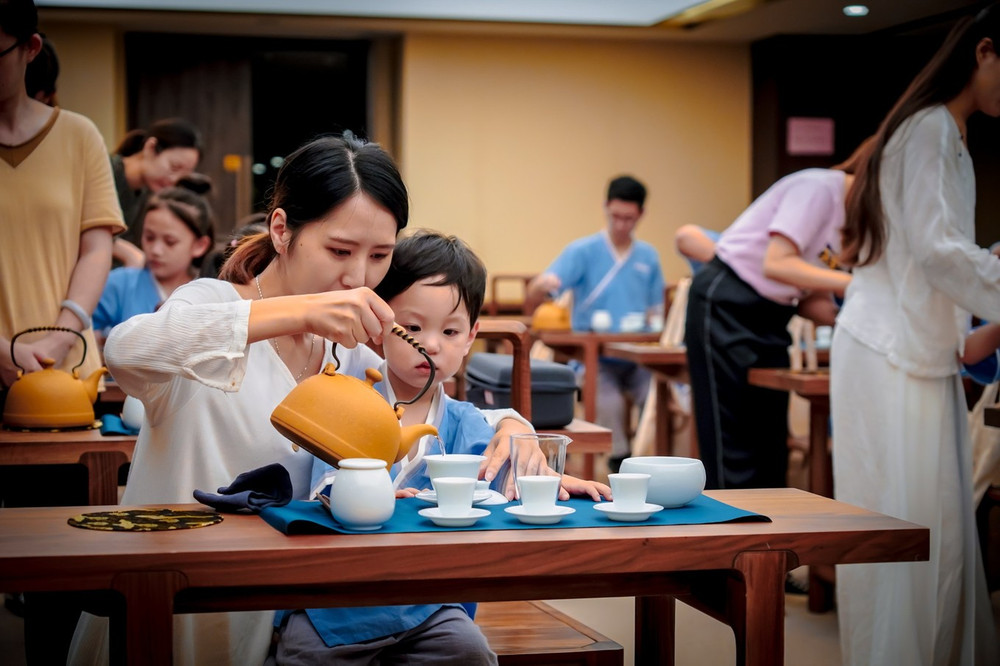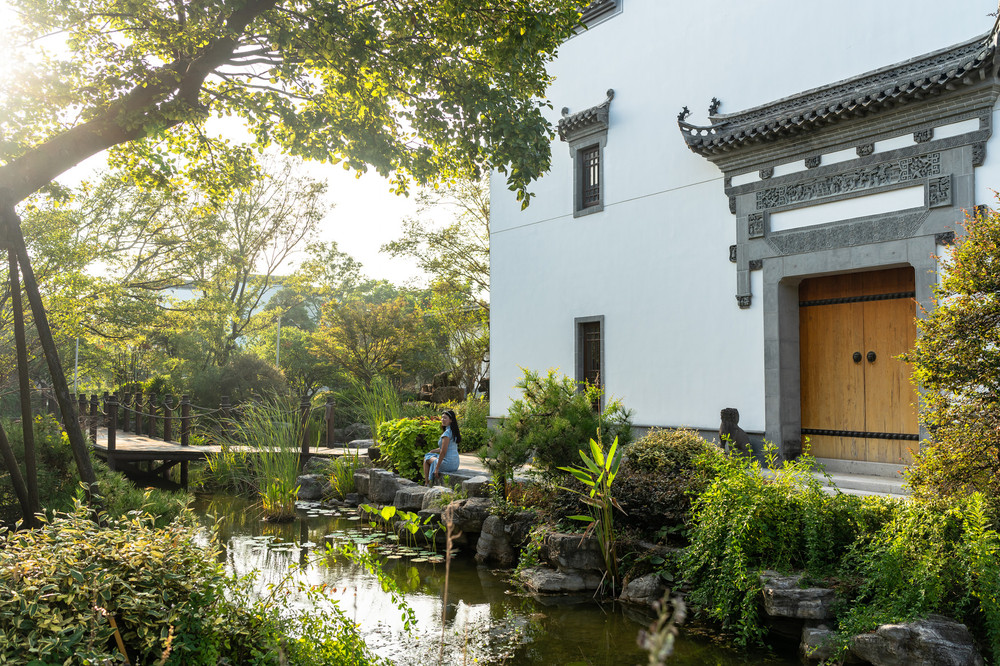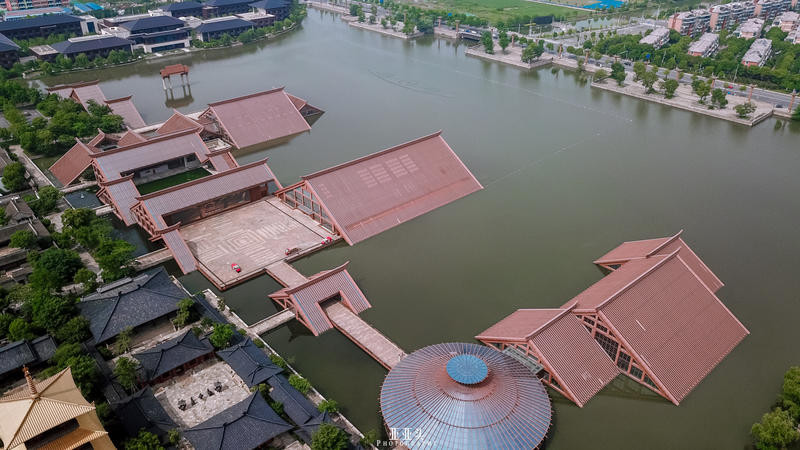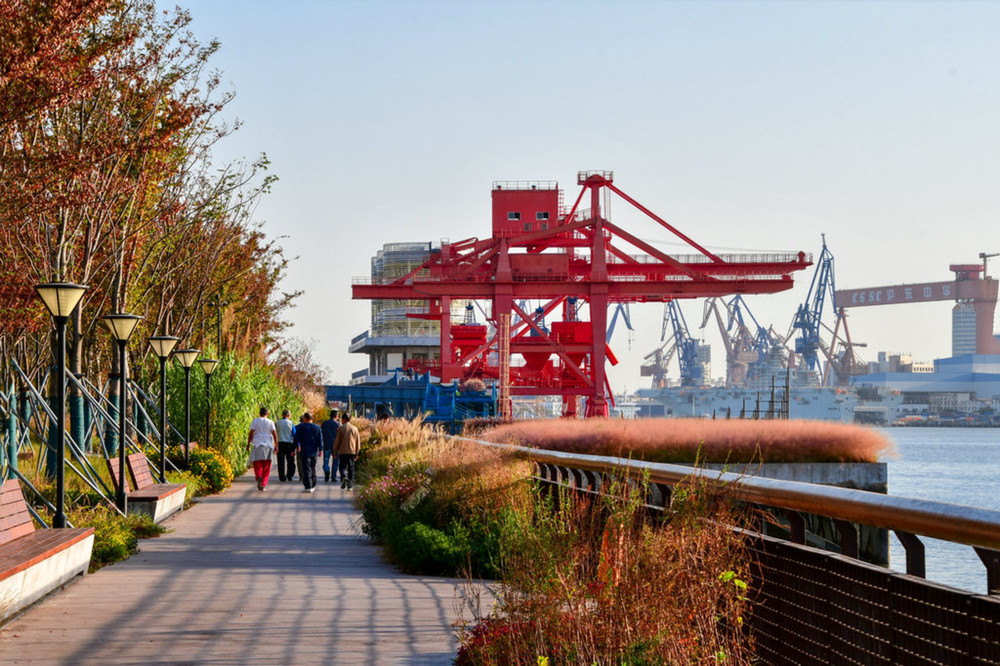Mandarin Chinese, renowned for its complex character-based writing system and tonal vocal structure, is vastly different from Indo-European languages. This blog post delves into the fascinating world of Mandarin place names, revealing what they say about various locations in China and the essence lost in English translations. Join us as we explore the rich linguistic tapestry of China through its place names.
Mandarin is the most widely-spoken language in the Sinitic branch, which includes several dialects and subdialects used throughout Mainland China, Hong Kong, Macau, and Taiwan. While Cantonese is another well-known Sinitic language, Mandarin’s reach is unparalleled, with over 850 million native speakers. It is the primary language across contemporary Mainland China, from the Russian Far East border to the Central Asian and Vietnamese borders. Understanding Mandarin Place Names: Mandarin place names often reflect a sense of location with respect to geographic or geologic features. For instance, ‘China’ in Mandarin is ‘Zhong·guo’ (中国), where ‘Zhong’ means ‘middle’ and ‘guo’ means ‘country’ or ‘nation’. This translates to the Middle Country or historically, the Middle Kingdom. A map of Asia supports this notion, as China is centrally located amidst vast landscapes. Descriptive significance is another common trait in Mandarin place names. The Mandarin word for ‘America’ is ‘Mei·guo’ (美国), the ‘beautiful country’. This blog post takes a closer look at Mandarin place names, providing insight into what these names reveal about China’s locations and the cultural wealth experienced when traveling in China.Anyone who has traveled extensively in the US would likely not disagree with such a description. To better understand Mandarin place names, let’s take a quick tour around China and explore some more captivating examples.
Beijing: China’s capital has long held a crucial role in the country’s history. From the grandeur of the Forbidden City to the Great Wall on its northern fringes, Beijing has witnessed many of the most significant events in Chinese history. The name of the city is rather straightforward. Bei·jing means simply ‘Northern Capital.’ The lands that make up contemporary Beijing changed hands multiple times during the early dynastic period. For our purposes, we can consider the Yongle Emperor’s decision in 1403 during the Ming dynasty (1368 – 1644) to establish a new imperial capital as the moment when the city’s name became more or less fixed. Today, the traces of this long history can be seen alongside gleaming skyscrapers and luxurious residential buildings. Just as it was during the Ming era, Beijing’s defining feature remains the former imperial palace, commonly known as the Forbidden City. Constructed under the direction of the Yongle Emperor, the Forbidden City served as the ceremonial and political center of China for nearly 500 years. It is now called Gu·gong in Mandarin, the ‘former imperial palace,’ and the entire city of Beijing essentially spreads out from the palace grounds. Interestingly, the center of power in contemporary China is right next to the Forbidden City in a compound called Zhong·nan·hai, literally the ‘Central and Southern Seas.’ This is the main headquarters of the Communist Party of China. Shanghai: China’s largest city, Shanghai is also the country’s commercial and financial capital. Known as the ‘Paris of the East,’ Shanghai gained a reputation for mystery and intrigue in the 1920s and ’30s. The image of Art Deco buildings, gangsters with tommy guns, and cabarets has never completely disappeared. In the long span of Chinese history, Shanghai is a relatively new development. Rising to prominence mostly in the mid-19th century as a trading port under the control of European powers, Shanghai now rivals Beijing in importance. In Mandarin, Shang·hai literally means ‘upon the sea.’ It’s an apt description considering the Port of Shanghai is now the world’s busiest container port and the place from which China’s extensive network of inland factories export their products to the rest of the world. Visitors to Shanghai can see the majestic architecture along the city’s famous Bund and take photos of the glittering skyscrapers dotting the skyline just across the Huangpu River. Outside the financial district, Shanghai shows its softer, more historic side. Long boulevards lined with French Plane trees shade European-style villas as people from all walks of life enjoy simple pleasures in the Former French Concession. Here, a constantly evolving mix of cafes, small stores, art galleries, and residential units prevails.The arts and crafts enclave known as Tianzifang is a favorite among visitors and one of the best places to see the contrasts powering modern China. Xi’an: Before Beijing’s ascendance, Xi’an was the primary seat of power in China. In Mandarin, it means ‘Western Peace’. It long bore the historical name of Chang’an or ‘Perpetual Peace’. Today, Xi’an is famous for the Terracotta Warriors, known as Bing·ma·yong. The Terracotta Army is part of the Mausoleum of the First Qin Emperor. Budget at least a day to visit the mausoleum complex outside the city. In downtown Xi’an, walk along the famous old city walls and visit Daming Palace National Heritage Park. In the evening, stroll through the historic Muslim Quarter, home to many from China’s Hui ethnic group. Enjoy the fabulous noodles, breads, and soups before seeing the iconic Drum and Bell Towers, which are spectacular at night. A three-day stay in Xi’an is recommended. Bonus: Add an extra day for a trip to nearby Hua·shan, one of China’s ‘Five Great Mountains’. Nanjing: Careful readers might guess the Mandarin meaning of Nan·jing. While Beijing is the ‘Northern Capital’, Nanjing is the ‘Southern Capital’. For centuries, Nanjing was the most important city in Southeast China. Today, it remains a large and vibrant metropolis with many attractions. These include the mausoleum of the Hongwu Emperor, who founded the Ming dynasty in 1368, and the Sun Yat-sen Mausoleum. Sun Yat-sen is regarded as the ‘Father of Modern China’. The nationalist government he helped found was based in Nanjing from 1927 to 1949. Tour the Presidential Palace of Nanjing and see the former presidential and vice-presidential offices. Also, walk along the Qinhai River and visit the beautiful Confucius Temple there. Shangri-La: Long associated with paradise, Shangri-La entered Western imagination in 1933 when Frank Hilton wrote the novel Lost Horizon. The real Shangri-La City is in remote Yunnan Province near the border with Myanmar. Its Mandarin name is Xiang·ge·li·la, an attempt to mimic the English word. The name evokes notions of ‘heaven’ or ‘paradise’. As a real destination, it is as spectacular as imagined.
In spring and summer, lush grasslands stretch to the horizon and are filled with wildflowers. Fresh water streams flow down from the Himalayas. The magnificent parallel gorges of the Hengduan Mountains house entire ecosystems of diverse flora and fauna. If there were a Garden of Eden, Shangri-La would be a fitting candidate. If you’re a fan of natural landscapes, Zhangjiajie is a strong contender as one of China’s best destinations. The origin of its name is somewhat ambiguous. The most literal translation of Zhang·jia·jie is ‘Zhang family homeland’, with Zhang being a common surname in Mandarin. Located in northwest Hunan Province, parts of the Zhangjiajie National Forest Park inspired the fictional Hallelujah Mountains in the 2009 blockbuster Avatar. Allocate at least one full day to explore the Forest Park, which is part of the larger Wulingyuan Scenic Area, a UNESCO World Heritage Site. Enjoy the valley and take the world’s tallest outdoor elevator for a view from the canyon rim. Spend a second day exploring the famous Tianmen Mountain with its long ascending staircase and natural stone arch. Tian·men·shan literally means ‘Heaven’s Gate Mountain’. This beautiful attraction offers numerous pathways, stunning views, and a temple complex to explore. Zhangjiajie has a well-developed tourist infrastructure with plenty of accommodations. You can easily visit the parks and return to town for dining and other activities. Heilongjiang Province is China’s northernmost province, sharing a long border with Russia. Much of the border is defined by the Hei·long·jiang, the ‘Black Dragon River’. This is a wild and remote place that endures extremely harsh winters despite being at the same latitude as Southern Germany. Siberian winds cover the land in ice, and residents have developed a strong tolerance for cold. In the provincial capital Harbin, you’ll find distinct Russian architectural influences, most notably the onion dome on Saint Sophia Cathedral. The former Russian Orthodox Church is now a museum. Harbin is renowned throughout China for its massive Ice and Snow Sculpture Festival. Held each year in the depths of the Siberian winter, it is the largest of its kind in the world and attracts visitors from across the country. Huge blocks of solid ice are hauled from the Songhua River and brought to the Ice and Snow World, a river island near central Harbin. Expert sculptors spend hours creating elaborate and life-sized forms, many of which are illuminated at night in spectacular colors. For those brave enough to endure the cold, the Ice and Snow Sculpture Festival is an unforgettable experience. China’s western provinces are vast areas where grasslands give way to inhospitable deserts. Mountains rise from the Tibetan plateau and are dotted with beautiful monastery towns.
Qinghai, China’s fourth-largest province by area, is known as ‘Blue Sea’ due to its most famous natural attraction, Qinghai Lake. This largest lake in China is a popular summer destination for cyclists and motorists who enjoy circumnavigating the lake and camping along the way.
Not far from Qinghai Lake lies Chaka Salt Lake, a smaller body of water and current salt mining operation. Visitors can experience its highly reflective, almost mirror-like surface by wading in with special protective boots. Both attractions are easily accessible from the provincial capital, Xining. Historically, these areas were part of Greater Tibet.
Today, the Kumbum Monastery in Xining attracts visitors with its intricate designs and series of stupas. Dongguan Mosque, one of the largest in China, dates back to the Qing dynasty period. Its distinctive dome and minarets stand out against the neighboring buildings.
At night, take a stroll by the Nanchuan River where you will find numerous parks and green space walking paths.
Jiuzhai Valley, located in Northwest Sichuan Province near the border with Gansu Province, is known as the ‘Nine Settlements Valley’. It refers to the historic Tibetan settlements along a scenic valley cut into the Min Mountains. UNESCO added Jiuzhai Valley to its list of World Heritage Sites in 1992 and declared it a World Biosphere Reserve in 1997.
Travelers who venture here are rewarded with stunning natural beauty in the form of pristine mountain lakes, streams, dense forests, and snow-capped peaks. Modern roadways make the journey today a relatively simple matter compared to 20 years ago. Those inclined to make the trip should start from the provincial capital Chengdu.
Visit the Chengdu Research Base of Giant Panda Breeding, a leading research and conservation organization dedicated to the Giant Panda. Also, indulge in Sichuan cuisine, known for its spiciness and becoming one of China’s most ubiquitous exports.
Dunhuang, in far Western Gansu Province, is a historic settlement along the ancient Silk Road trading routes to Central Asia. Perched on the edge of the Gobi desert, it offers a stark contrast to the lush green lands found in China’s coastal provinces.
Today, Dunhuang is known for the famous Mogao Caves, a vast complex containing some of the finest Buddhist art from the first millennium CE. Plan a full day for the visit, as tickets are required and only a small portion of the caves is open at any particular time. Most hotels can arrange transportation and tickets ahead of time.
Discover the beauty of ancient Chinese city names and what they signify. The allure of these names adds a layer of depth to any journey through China. With the daily visitor count limited to preserve the delicate artworks, seize the opportunity to immerse yourself in the culture.



